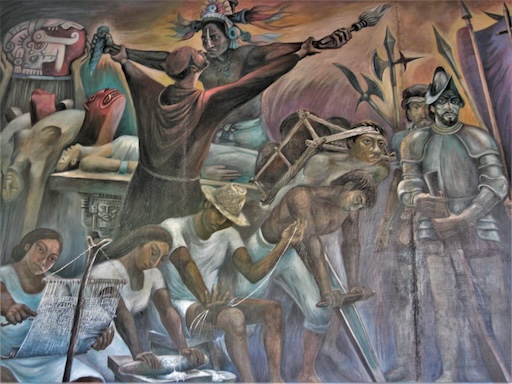
Imagine a war that never really ended. A fight that continues not through bullets, but through whispered prayers, candlelit altars, and secret rituals deep in the jungle. In the heart of the Yucatán Peninsula, the legacy of the Mayan Caste War is very much alive — not in textbooks, but in tradition.
While the last gunshot of this 19th-century indigenous rebellion may have long faded, its spirit continues in curious and powerful ways. In small villages and remote temples, descendants of Mayan warriors still perform rituals tied to that turbulent past — ceremonies that both honor their ancestors and silently protest colonial wounds.
A War Like No Other
The Caste War of Yucatán (1847–1901) was one of the longest and bloodiest indigenous uprisings in the Americas. The Maya, long oppressed and exploited under Spanish rule and later Mexican landowners, rose up in full rebellion. At its height, the rebellion created an independent Mayan state known as Chan Santa Cruz — ruled not by politicians, but by prophets and a talking cross.
Yes, you read that right. A talking cross. But more on that later.
The Holy Cross and the Voice of Resistance
One of the most fascinating aspects of the Caste War was its spiritual dimension. The rebel Maya followed the messages of the Cruzoob — a sacred talking cross believed to communicate divine instructions from the gods. These messages guided everything from military strategy to community law.
Today, while the cross may no longer "speak" in the literal sense, the ceremonial centers of the Cruzoob faith still exist. You can find them in places like Felipe Carrillo Puerto and small jungle villages. Here, rituals are performed in hidden shrines — offerings of balché (a sacred fermented drink), copal smoke, and candles continue in silence, away from modernity’s noise.
Not Just History – Living Identity
For the descendants of the Maya rebels, these traditions aren’t about reenactment — they’re about identity. The chants, dances, and sacred objects passed down from generation to generation are acts of remembrance, yes, but also quiet rebellion. In a world that’s often tried to erase them, these rituals say, “We are still here.”
Some ceremonies are held in open daylight during regional festivals. Others are secret, guarded by spiritual elders. Outsiders might never know they’re happening — and that’s the point. These rituals weren’t made for spectacle. They were made for survival.
Modern Echoes of Ancient Defiance
Each year in towns like Tixcacal Guardia or Señor, elders gather in white linen clothes, wearing red sashes, to offer prayers at altars shaped like traditional Mayan huts. They may not carry weapons anymore, but the language they speak — both literal and symbolic — is still one of resistance, resilience, and deep-rooted pride.
And yes, the story of the talking cross lives on. While some now see it as a symbol rather than a supernatural phenomenon, others still treat it as sacred and capable of divine communication — not so different from saints or relics in other faiths. It’s one of the many ways indigenous belief systems adapted under the weight of colonization, yet still stayed uniquely themselves.
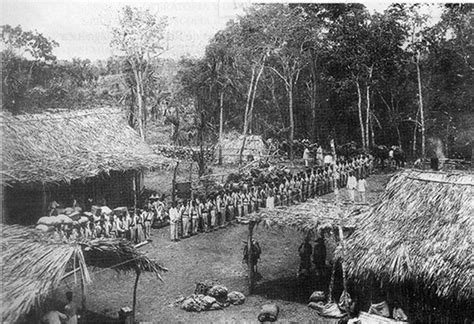
Can You Witness These Rituals?
Short answer? Maybe — but don’t count on it. Many of these ceremonies are not open to tourists, and understandably so. They are sacred acts performed by and for the community. However, during local festivals in Carrillo Puerto or Valladolid, you might catch glimpses of these traditions — masked dancers, symbolic processions, and offerings that hint at deeper meaning.
Even if you never see one firsthand, just knowing they exist adds a haunting depth to the Yucatán. This isn’t just a land of beaches and ruins. It’s a land where the past breathes — not in museums, but in quiet corners and candlelit nights.
Final Thoughts
The Caste War may be over. But for the people of the Yucatán, the struggle to preserve identity, culture, and memory continues. Every prayer at a hidden altar, every dance around a ceremonial cross, is a thread in a much larger tapestry of resistance and resilience.
So next time you visit the Yucatán, remember: the most powerful stories here aren’t always carved in stone. Sometimes, they’re whispered in Mayan, lit by fire, and carried in the hearts of those who never forgot what they were fighting for — just like in Xantolo or Mixquic’s candlelit nights.
Share this story and inspire others.
Tags: Mayan Caste War, Yucatán rituals, indigenous resistance, Chan Santa Cruz, Cruzoob, unusual traditions, hidden ceremonies
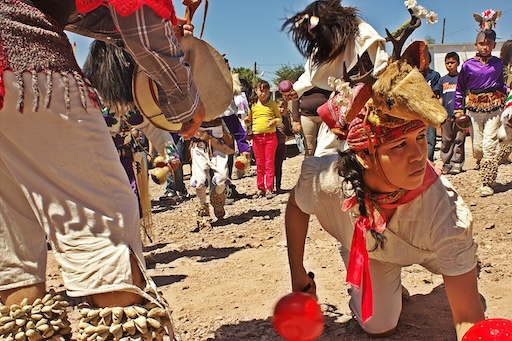 La Danza del Venado – The Sacred Deer Dance of the Yaqui People
La Danza del Venado – The Sacred Deer Dance of the Yaqui People
 Tarahumara Rarámuri – The Ultramarathon Runners of the Sierra
Tarahumara Rarámuri – The Ultramarathon Runners of the Sierra
 La Santa Muerte – The Controversial Saint of Death
La Santa Muerte – The Controversial Saint of Death
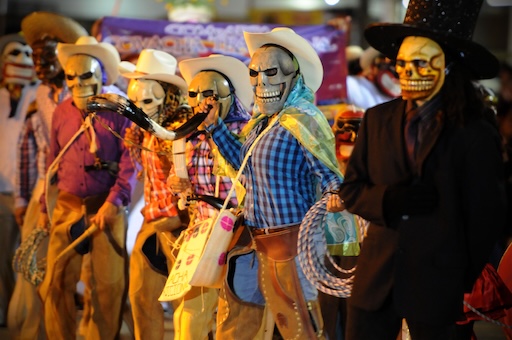 Xantolo – The Huasteca’s Version of Day of the Dead with Masks and Dances
Xantolo – The Huasteca’s Version of Day of the Dead with Masks and Dances
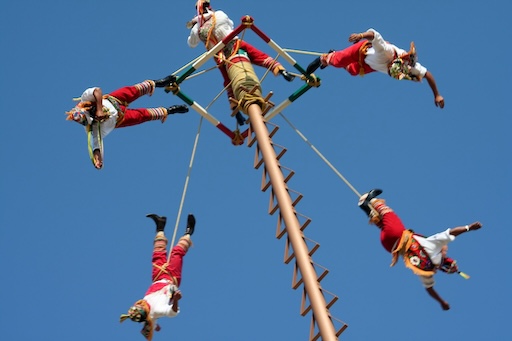 Voladores de Papantla – Men Who Fly from Poles
Voladores de Papantla – Men Who Fly from Poles
 Cenote Sagrado – Sacred Sinkhole of the Maya
Cenote Sagrado – Sacred Sinkhole of the Maya
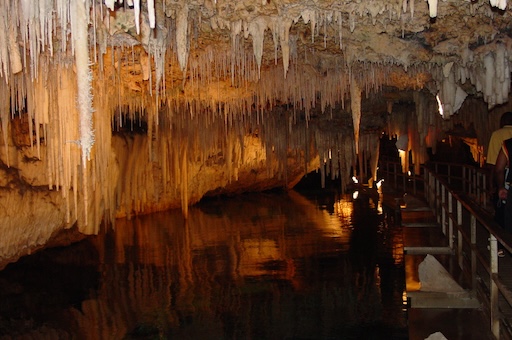 Cueva de los Cristales – Mexico’s Giant Crystal Cave
Cueva de los Cristales – Mexico’s Giant Crystal Cave